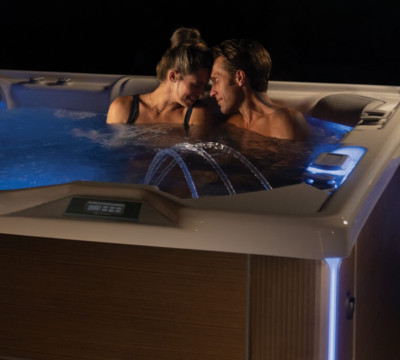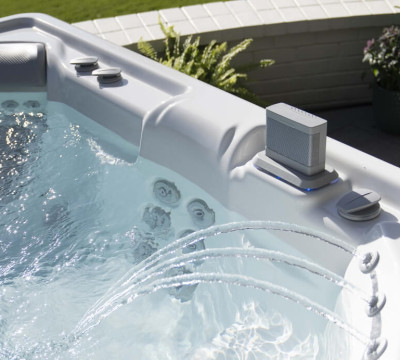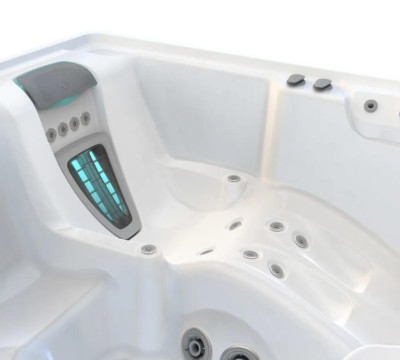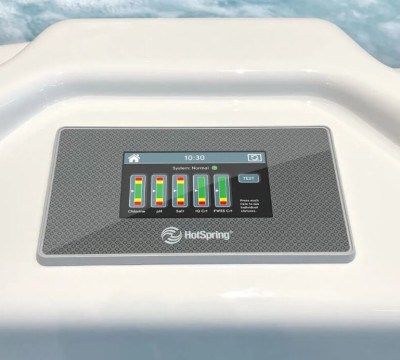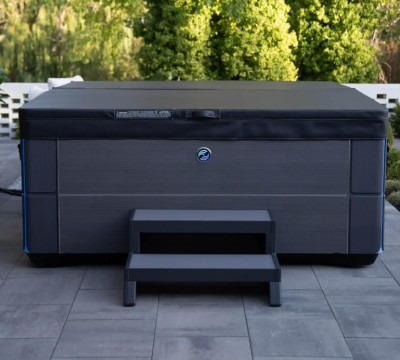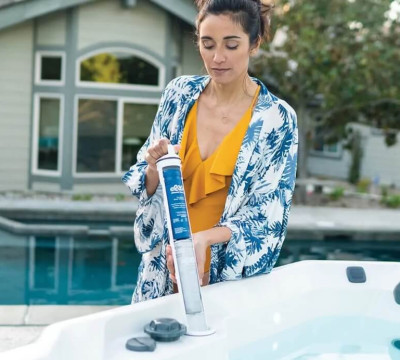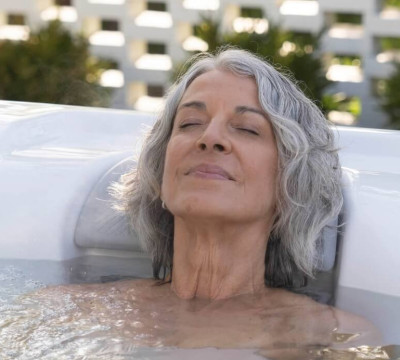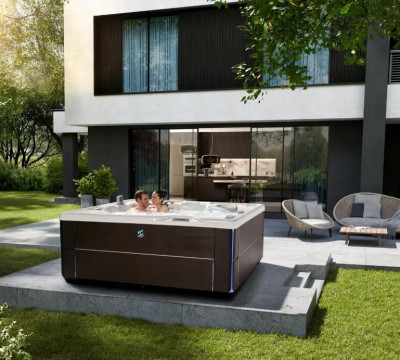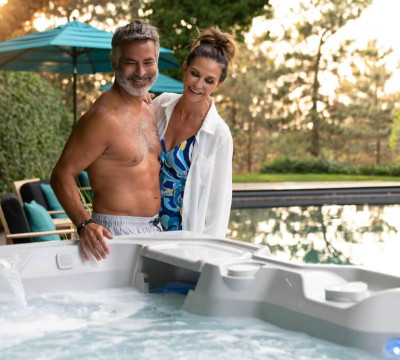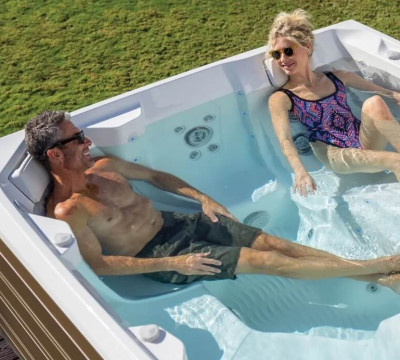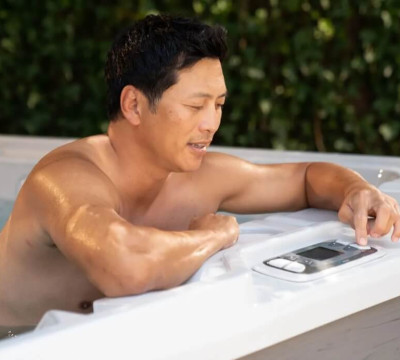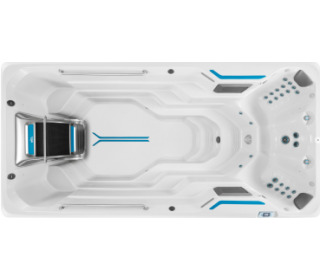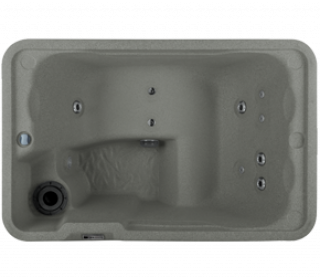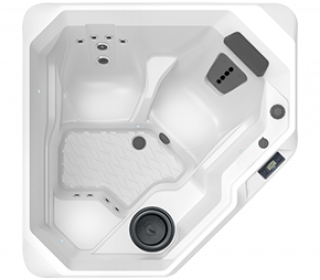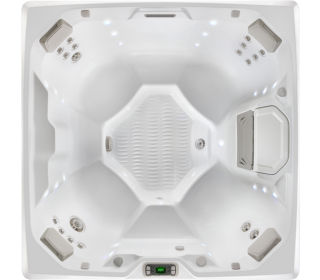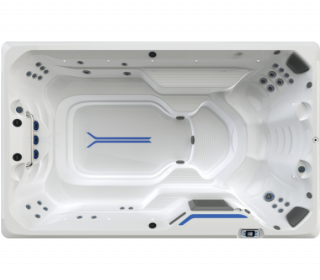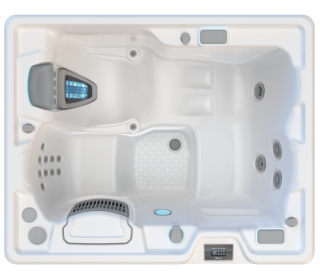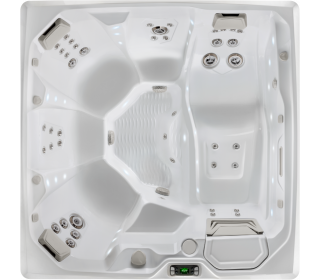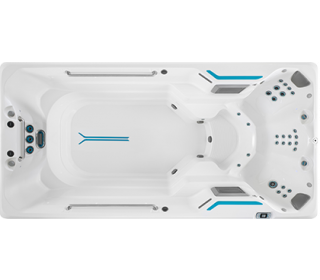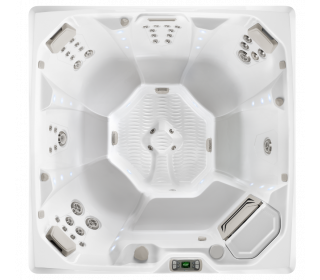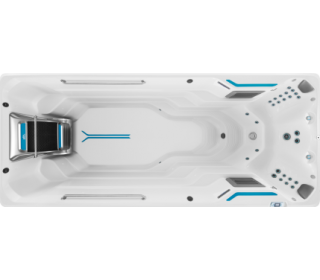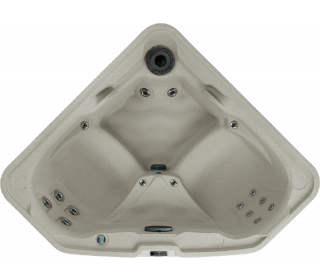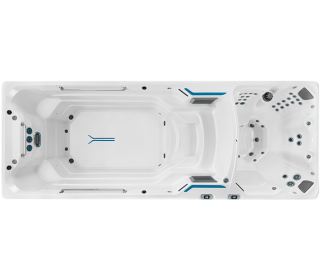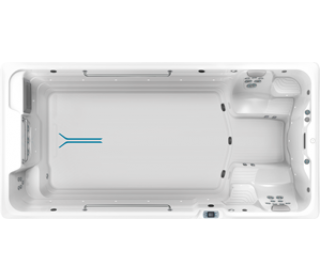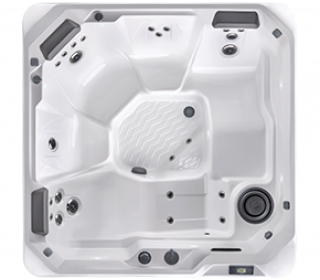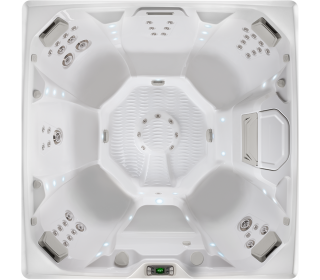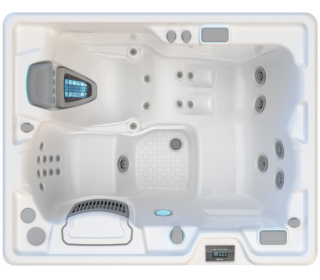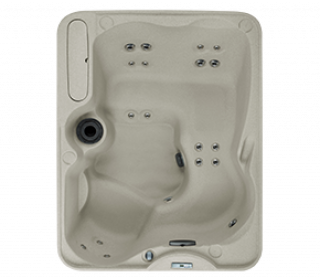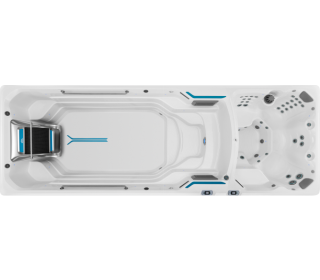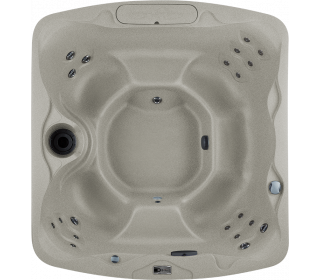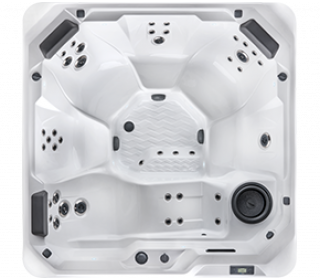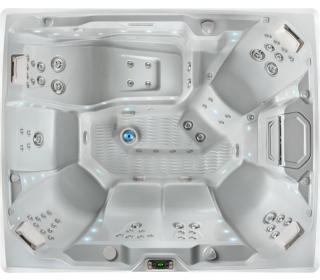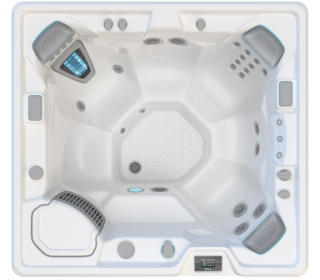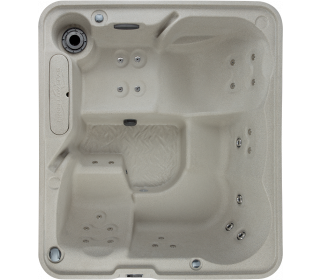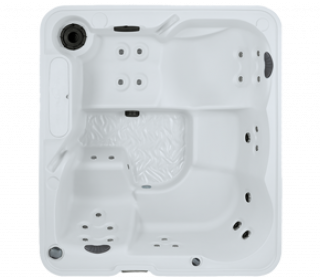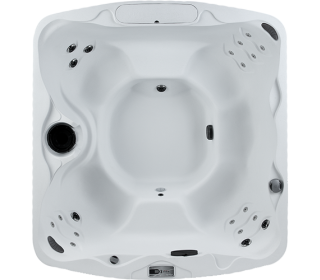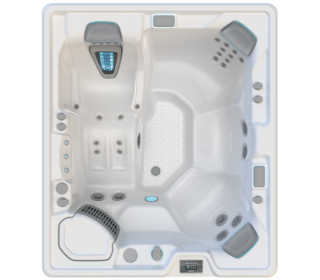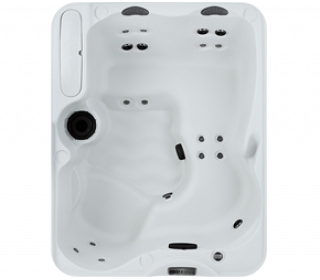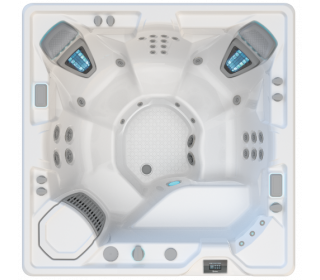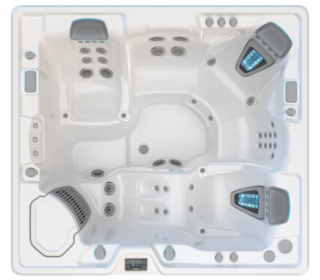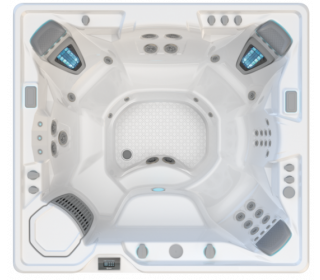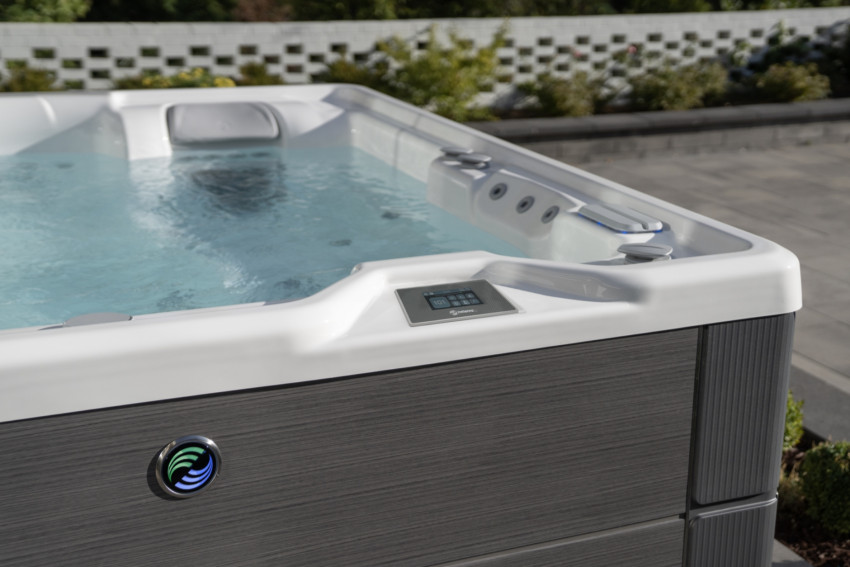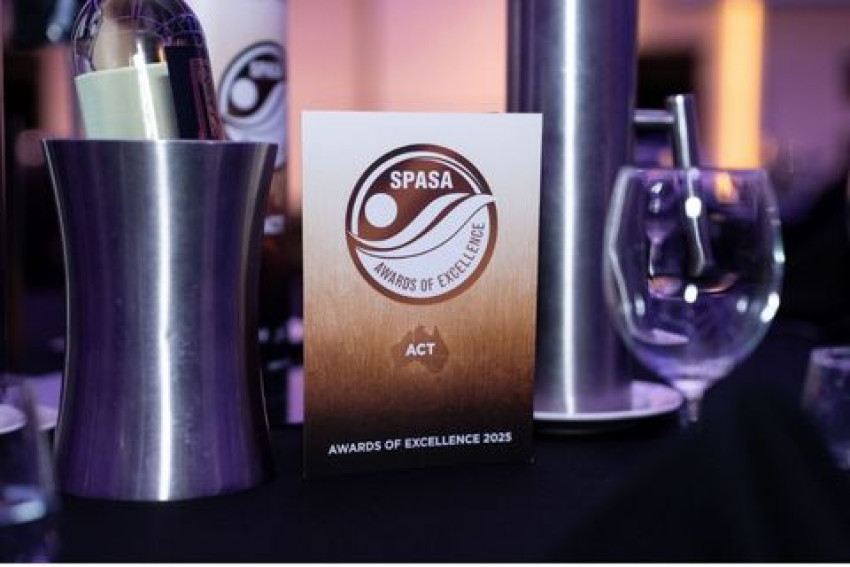There’s something about plunging into cold water that makes us humans feel oh so alive. From Scandanavians pin dropping through holes in the ice, to early morning groups going for ocean swims in the depths of the Aussie winter, cool water swimming is a habit found across the globe, famous for its ability to make you feel energised, revitalised and refreshed.
But does a dip in cold water simply play a trick on your brain, or is it actively good for your body and mind? In this article we’ll take a closer look at cold pool therapy, zooming in on what it is, its potential benefits, and how you might make the most of it.
What is cold pool therapy?
Cold pool therapy goes by a number of different names: cold water therapy, cold water immersion (CWI), cold hydrotherapy, cryotherapy and the Wim Hof Method. All of these names refer to more or less the same thing: the act of immersing yourself in cold water, usually around 15C for 10-15 minutes at a time.
While the invigorating feeling you get from a dip in cold water has been known for millennia, in reality cold pool therapy is a relatively recent phenomenon. The effects only began to be studied in the early 20th century, and it only penetrated the public consciousness when professional athletes began to have ice baths and cold therapy plunge pools after their games. In the last decade or two, thanks in part to Wim Hof, non-athletes have begun to seek out cold pool therapy too.
But why?
What are the benefits of cold pool therapy?
We’re still only beginning to understand the benefits of cold water immersion on the human body, but research has already revealed a wealth of potential benefits.
At a physiological level, exposing yourself to cold water for short periods of time has a couple of key effects:
- Your blood vessels constrict: This reduces swelling and helps to numb pain, which is why athletes, particularly those involved in full contact sports, head to the ice bath after the game.
- Your heart rate increases: This is part of the invigorating feeling of exposing yourself to cold water. This also triggers the generation of hormones like adrenaline and endorphins.
How do these effects translate to health benefits? This 2011 study found that cold pool therapy reduced post-exercise pain (what the medical field calls delayed onset muscle soreness). This ability to help you recover is what makes it an effective post-workout treatment for anyone who has just been active.
Then there’s our friend Wim Hof, who has taken cold pool therapy to the extreme, and in the process has given the medical field interesting insight into the effects of cold – or in his case near-freezing – water. The Wim Hof Method has been shown to:
- Help the body accumulate brown adipose tissue, which keeps you warmer and leads to fat loss.
- Fortify the immune system and reduce inflammation.
- Balance hormone levels, improve sleep, and produce mood-elevating endorphins.
These findings have shown cold pool therapy to be more than just an exercise recovery treatment – it is now being used by sufferers of acute and long-term conditions, like people living with chronic pain.
How long should you stay in a cold pool?
As anyone who has tried cold pool therapy will tell you, there’s no way to stay in a cold pool all day. At some point the revitalisation and invigoration is traded for shivers and dull throbs.
According to the science, the sweet spot appears to be a 10-15 minute soak at 15C. This grants you all the benefits of cold water immersion without forcing you through the discomfort that comes with an extended soak.
It should be noted that taking a soak in water that is cooler than 15C is risky. When water is particularly cold it can cause muscle spasms, as the sudden change in temperature can cause muscles to quickly contract. This makes a near-freezing soak potentially dangerous, so water temperatures below 15C are not advised.
Can you do cold water therapy every day?
Consistency is key if you are to enjoy maximum benefit from cold pool therapy, and a daily 10-15 minute soak in 15C water is advised. The problem is that most people won’t have easy access to such a soak – public health centres rarely have pools set to 15C, lakes, rivers and the ocean won’t often be the right temperature, and all these options require (often significant) travel.
But what if you had a cold water therapy pool just a few steps from your back door? And what if that cold water therapy pool could also be transformed into a luxuriously toasty hot tub whenever you wanted?
By investing in a Hot Spring hot tub fitted with the revolutionary CoolZone System, that’s exactly what you’ll get.
Cool or warm? With CoolZone, it’s up to you
All Hot Spring hot tubs are capable of warming your water up to 40C. But the lower end of their temperature range is defined by whatever the ambient temperature might be at a given moment – if the current temperature is 23C, that’s as cool as your hot tub will get, and if that spa is as well insulated as a Hot Spring, it might take some time to get there.
The CoolZone System allows your spa to not just warm itself, but cool itself as well – right down to that ideal cold pool therapy temperature of 15C, granting you all the benefits stated above: post-workout recovery, the reduction of swelling and the treatment of general pain.
What’s more, with CoolZone, Hot Spring owners in the north of Australia can soak in their hot tubs all year round – you can lower your water temperature down to a refreshing level and chill out with the whole family.
The energy efficient CoolZone™ system can be added to Highlife and Limelight Collection hot tubs (though some models within these ranges are excluded).
Eager to test what on-demand cold pool therapy might feel like? Your local Hot Spring dealer is ready to help! Get in touch today.


